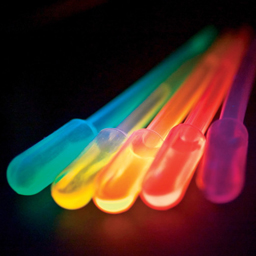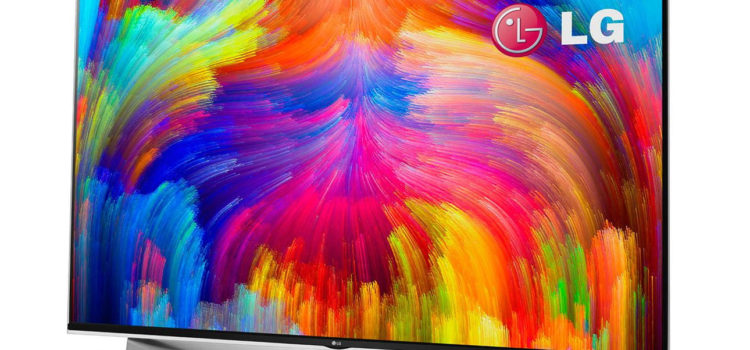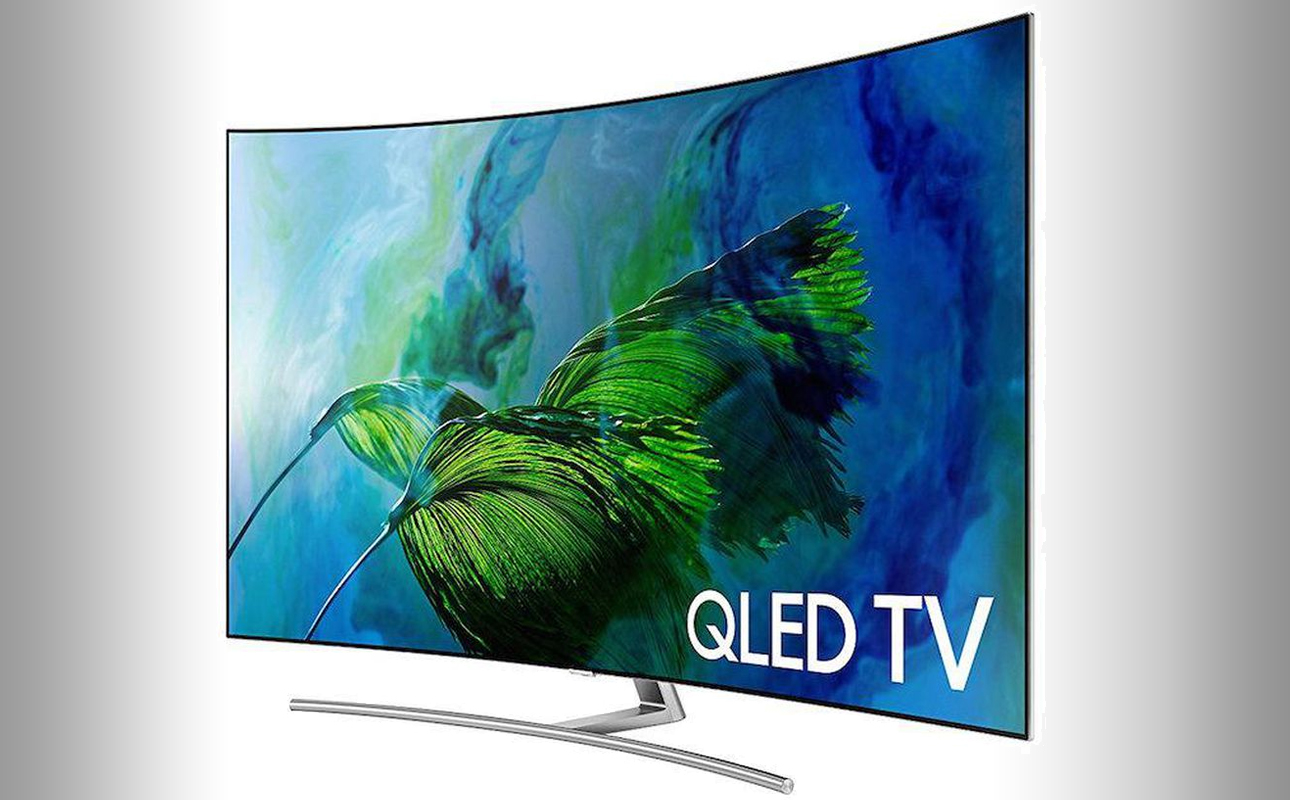Now in the 21st century, image display takes different patterns and are increasingly changing with new developments.
The history line of display method started from the cathode ray tube.
 Cathode Ray Technology
Cathode Ray Technology
CRT (Cathode ray tube) is a big vacuum tube that is common with the bulky TV sets of the 20 century.
To display an image, CRT uses an electron beam which scans rows of phosphors line after line on the surface of the tube. The electron beam is deflected continuously.
Digital Light Processing (DLP) Technology
Texas Instruments invented and developed DLP for rear-projection TV displays. DLP uses a chip (Digital Micro-mirror Device) for its image display technique. DMD is made up of a number of tilt-able tiny mirrors.
Each micro-mirror stands for a pixel which tilts in a rapid motion.
A gray-scale type of image results here. Colors are added when light passes through the color wheel and reflect off the micro-mirror on the chip. This reflection is formed on the screen to produce the image.

Plasma Technology
The characteristics of this technology are the flat, thin and wall-mount capability that it presents. It was introduced in the early 2000s. In 2014, Panasonic, LG, and Samsung that were left in the production of this display mode have all discontinued its manufacture, though the products are still in use today.
Plasma Televisions use a technique just like CRT which makes images via phosphors lighting. In this case, the phosphors are lit by superheated gas and not electron beam.
They can be lit all at once, unlike CRT which does that in rows.

LCD Technology
LCD Technology is the most used display type in TVs. They share a thin design structure as Plasma TVs. For image display, phosphors are not lit up but turned on and off at a particular refresh rate. The most common refreshed rate of LCD TVs is 120 or 60 of a second. To display an image, the LCD’s pixels must be backlit. When the pixels are ON, they allow the backlight through but when off they don’t allow backlight through. The backlight system for LCD TVs can be from any source of HCL or CCFL (fluorescent) or LED.
LCD is not limited to backlighting technology. To improve LCD TVs color, quantum dot technology is a new development on LCD technology improvements.
After the release of Retina Display in 2010, enhancing screen resolution and quality of display has seen lots of changes on our smartphones, TVs, other handheld devices and wearable displays that is still new on the market. The adoption of this newfound display technology is no doubt an improvement on the conventional designs.
Most of the display applies quantum dot technology including highly bright reflectance and high ambient displays.

Impact Of Quantum Dot Technology On LCD
Quantum dot enhances to a great measure the performance of LCD display with the aid of quantum physics. Integrating quantum dots into LCD backlight results in highly saturated and bright primary colors like those of OLED displays.
Also, quantum dots enhance brightness and power efficiency by converting blue LED lights into a greatly saturated band of primary colors for the LCD display.
A good advantage of quantum dots is that it can bring out the exact colors for images that are extremely high and accurate picture colors without the white-point errors and lopsided color range. With the incoming of quantum dots technology, the future of LCD display technology is greatly enhanced to see many more years at least in the next five years. This outstanding technology is being adopted and integrated into many LCD smartphones, TVs, and other handheld devices.
Likewise, display quality is also improved by highly bright, low reflectance great ambient light displays. Every screen acts like a mirror that reflects everything that gets illuminated in front of it. Before this form of display technology was utilized, images produced were of low output and quality of degraded contrasts and interference that makes it difficult for viewing on the screen
Today’s technology adopted by manufacturers introduces bright and non-reflective displays.
OLED Technology
OLED is the most recent in display technology designed for consumers. It combines great features of past technologies. OLED technology uses various techniques in its implementation. LG uses the WRGB process. This process brings together white OLED’s pixels with green, red and blue color filters.







